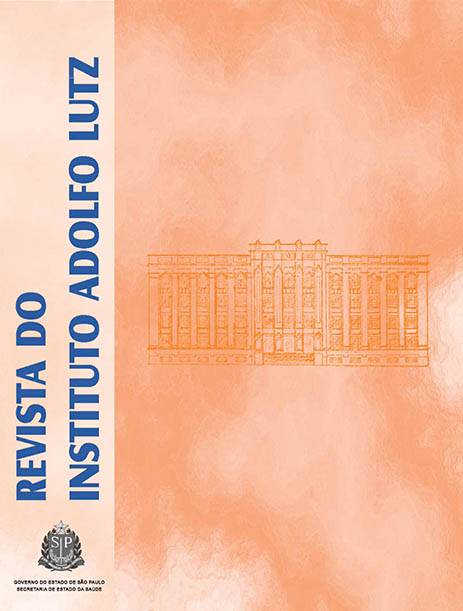Abstract
Four types of spices, Bixa orellana L. (annatto), Cuminum cyminum L.(cumin), Curcuma longa L. (turmeric) and black Piper nigrum L. (black pepper) collected from street markets and supermarkets in the city of Teresina, PI, Brazil, were examined for mould contamination. Of 36 samples evaluated, 28 (77.77%) were positive and 12 fungal species were identified. The values of colony forming units per g (CFU/g), detected in spices samples from street markets and supermarkets, were higher than those established by the federal reference limit, ranging from 8.6 × 103 to 1.3 × 105; and no significant differences were observed among them. The most predominant fungal genera were Aspergillus and Penicillium, with six and three identified species respectively. Annatto, cumin and turmeric, collected from street markets, showed the highest CFU/g values for Exserohilum mcginnisii, Absidia corymbifera and Aspergillus nidulans, respectively. The spices evaluated in this study showed contamination with potentially pathogenic fungi and mycotoxicogenic species, which might be a health hazard for humans.References
1. Rodrigues RMM, Martini MH, Chiarini PFT, Prado SPT. Matérias estranhas e identificação histológica em manjerona (Origanummajorona L.), orégano (Origanum vulgare L.) e salsa (Petroselinum satirem Hoffim) em flocos comercializados no estado de São Paulo. Rev Inst Adolfo Lutz. 2005;64:25-30.
2. Sagoo SK, Little CL, Greenwood M, Mithani V, Grant KA, McLauchlin J, et al. Assessment of the microbiological safety of dried spices and herbs from production and retail premises in the United Kingdon. Food Microbiol. 2009;26:39-43.
3. Silva N, Junqueira VCA, Silveira NFA. Manual de métodos de análise microbiológica de alimentos. 3. ed. São Paulo: Livraria Varela; 2007.
4. Pitt JI, A laboratory guide to common Penicillium species. North Ryde: Commonwealth Scientific and Industrial; 1985.
5. Hoog GS, Guarro J, Gené J, Figueras MJ. Atlas of clinical fungi. 2. ed. Washington: ASM Press; 2004.
6. Freire FCO, Kozakiewicz Z, Paterson RRM. Mycoflora and mycotoxins in Brazilian black pepper, white pepper and Brazil nuts. Mycophatologia. 2000;149:13-9.
7. Souza JCR, Barros GC, Mendes ES, Mendes PP, Alves CAB. Avaliação microbiológica de condimentos artesanais e indus-trializados da grande Recife, PE. Hig Aliment. 2006;20:105-8.
8. Hoffmann FL, Garcia-Cruz CH, Vinturim TM. Qualidade higiênico-sanitária de condimentos e especiarias produzidas por uma indústria da cidade de São José do Rio Preto. Bol CEPPA. 1994;12:81-8.
9. Furlaneto L, Mendes S. Análise microbiológica de especiarias comercializadas em feira livre e em hipermercados. Alim Nutrição. 2004;15:87-91.
10. Sweenwey MJ, Dobson ADW. Mycotoxin production by Aspergillus, Fusarium and Penicillium species. Int J Food Microbiol. 1998;43:141-58.

This work is licensed under a Creative Commons Attribution 4.0 International License.
Copyright (c) 2012 Instituto Adolfo Lutz Journal
